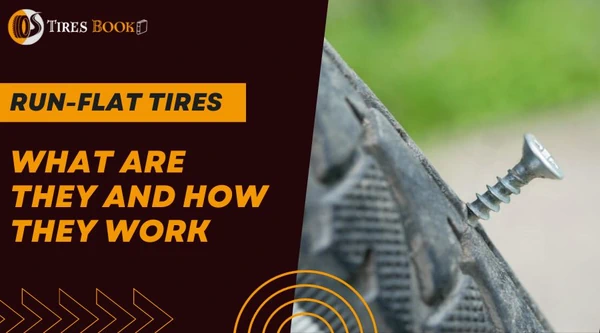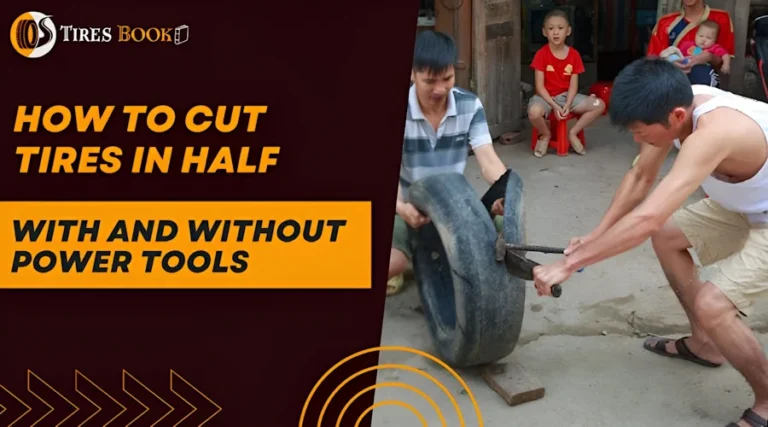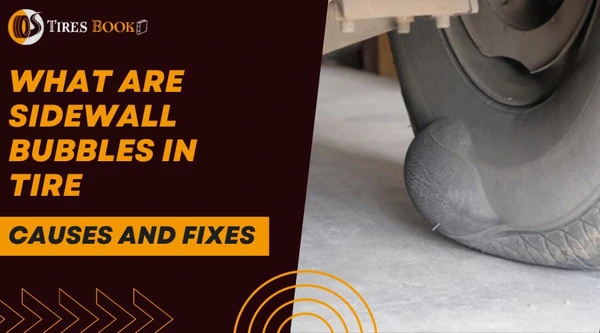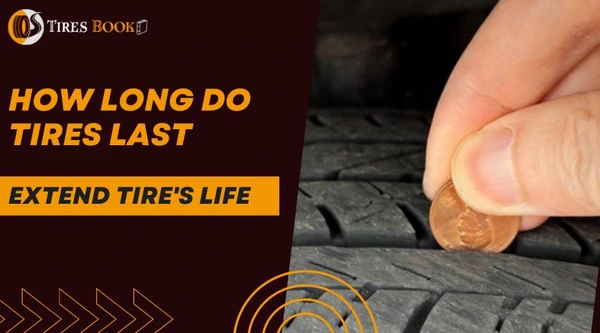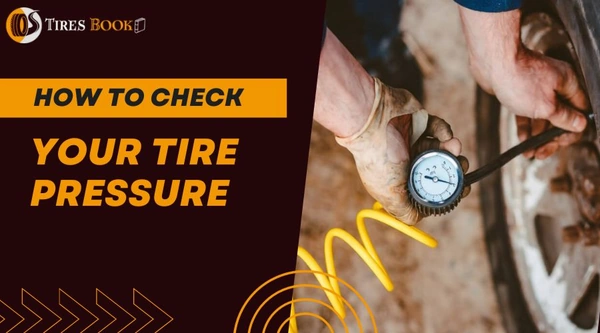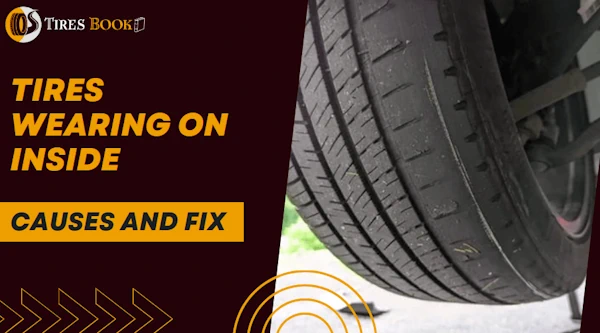Curious about water in your car tires and how to handle it? This happens more often than you might think, and it’s important to know how to address it. In this guide, we’ll explore the causes of water accumulation in tires and provide you with straightforward, effective methods to remove it.
Table of Contents
How Water Get Into the Tire?
Water can sneak into your tires in various ways. It might enter through punctures or damaged tire valves and their covers.
Sometimes, water seeps in during tire repairs, especially if there are small holes or punctures.
Regularly driving on waterlogged terrains or submerging your tires in water, even without visible holes, can also allow water ingress.
Plus, the air used to inflate your tires often contains moisture, contributing to water accumulation inside the tires.
How to Remove Water Out of Tires?
Removing water out of tires is a straightforward process and you can easily do it yourself at home.
Method #1
- Deflate the Tire Completely: Start by completely deflating the affected tire. This action expels both air and water. For effective results, leave the deflated tire overnight to ensure all traces of water are gone.
- Use an Air Compressor: To ensure thorough removal, use an air compressor. This will help pump out both water and air, leaving the tire completely empty. Once you’ve removed all the water, you can reinflate the tires to the recommended air pressure.
Method #2
This method is more effective but a little more difficult to perform than the previous method. It involves unmounting the tires from the wheel, removing all the water from it, drying the inside of the tire with some cloth, and mounting the tire again.
However, if you’re not confident in mounting and unmounting the tires, you can seek professional help. Auto technicians at dealerships or auto shops can unmount the tire, remove moisture, and remount it, ensuring your tire is water-free and safe to use.
Why Is It Dangerous to Have Water In Tires? Drawbacks
Having water in your tires poses several risks. Water inside a tire can affect its balance due to uneven weight distribution. Tires are designed to be filled with air, which provides a consistent and balanced internal pressure.
However, when water enters the tire, it doesn’t distribute evenly as air does. Water tends to pool at the bottom of the tire, creating an imbalance. Imbalanced tires lead to uneven wear and reduce tire lifespan.
The water inside also impacts the air pressure, causing fluctuations that can lead to poor handling and increased risk of accidents. Moreover, water can corrode the wheel and damage the tire’s internal structure, again endangering your safety on the road. In short, water in tires is a hazard that you should address promptly.
Can Flood Damage Tires?
Yes. floods can damage your vehicle tires. When your car’s tires are submerged in floodwater, they’re exposed to contaminants and debris that can cause physical damage like cuts and punctures.
Floodwater, often dirty and containing chemicals or oils, can also deteriorate the rubber compound of the tires, weakening them over time.
Additionally, prolonged exposure to standing water can seep into the tire, leading to the issues mentioned earlier. So, it’s crucial to inspect your tires thoroughly after driving through a flood.

